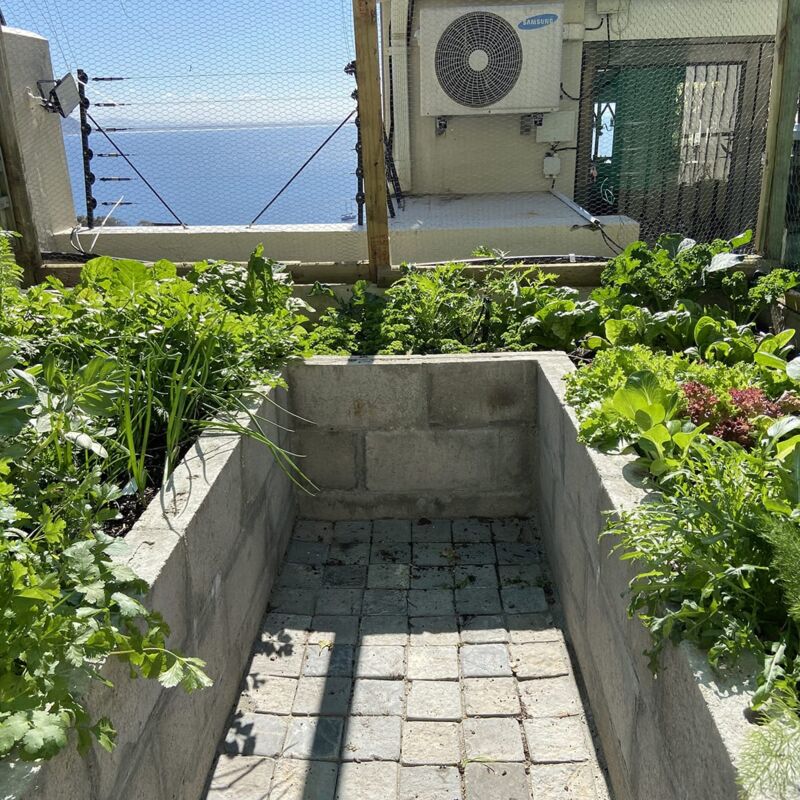Companion Planting

Companion plants are plants that complement one another in terms of growth and production.
Implementing companion planting
Companion planting chart
Definitions:
Friends (can be grown together)
Enemies (Should not be grown together)
Summer plants:
Basil:
Friends – Asparagus, beans, beets, bell peppers, cabbage, chilli peppers, eggplant, marigolds, oregano, potatoes, tomatoes
Enemies –None
Special notes - When basil is grown about 1 foot from tomato plants, it will increase the tomatoes yield. It also improves the flavour of lettuce
Beans:
Friends – Beets, carrots, cabbage, cucumbers, peas, radishes
Enemies –Onions
Special notes - Nesturcians and Rosemary deter bean beetles
Beets
Friends – Broccoli, Brussels sprouts, bush beans, cabbage, cauliflower, chard, kohlrabi, onions
Enemies –
Special notes -
Broccoli
Friends – Basil, beets, bush beans, carrots, celery, cucumber, dill, lettuce, onions, radishes, rosemary, sage, spinach, Swiss chard, thyme
Enemies – Climbing beans, peppers
Special notes - Rosemary repels the cabbage fly that is detrimental to broccoli
Beets
Friends – Broccoli, Brussels sprouts, bush beans, cabbage, cauliflower, onions
Enemies –Pole beans
Special notes - Pole beans and beets will compete for growth. Composted beet leaves add magnesium to the soil when mixed. Magnesium plays an essential role in photosynthesis.
Cucumbers
Friends - carrots, carrots, parsnips, onions
Enemies - potatoes, mellons, mint
Note - The root vegetables primarily grow beneath the soil, whereas cucumbers send down one larger tap root and also a few shallow roots that don't extend far.
Radish
Friends – Beets, cabbage, carrots, chives, cucumbers, kale, lettuce, spinach, squash
Enemies –None
Special notes - Radish plants will work as a trap crop to protect against certain beetles.
Tomato:
Friends - Asparagus, carrots, celery, onions, parsley, peppers
Enemies – Dill. potatoes
Special notes - Basil, mint improve growth and flavour
Winter plants
Cabbage
Friends – Beets, celery, chard, lettuce, spinach, onions
Enemies –Tomato
Special notes – Mint and sage deter cabbage moths
Carrots
Friends - Beans, lettuce, onions, peas, peppers, tomatoes
Enemies - Dill
Special notes - Chives improve flavour, rosemary deters carrot flies
Onions
Friends - Cabbage, carrots, chard, lettuce, peppers, tomatoes
Enemies – Beans, peas
Squash
Friends - Beans, dill, peas, radishes, sunflowers
Special notes – Sunflowers can be used as trellises when growing squash in containers.
Zucchini
Friends - Beans, dill, garlic, oregano, peas, radishes, spinach
Useful companion plants for vegetables:
Dill and Basil – Dill and basil are natural protectants for tomato plants, keeping away hookworms.
Marigolds help virtually any vegetable. They are accommodating for tomatoes, repelling the nematodes that like to attack the roots of vegetables.
Mint repels both ants and cabbage moths.
Nasturtiums help prevent insects, particularly aphids, from attacking other plants. Aphids love Nasturtiums and will surround them instead of their neighbouring plants.
Zinnias are excellent companion plants and attract ladybugs into the garden. Ladybugs are known to control unwanted pests like cabbage flies